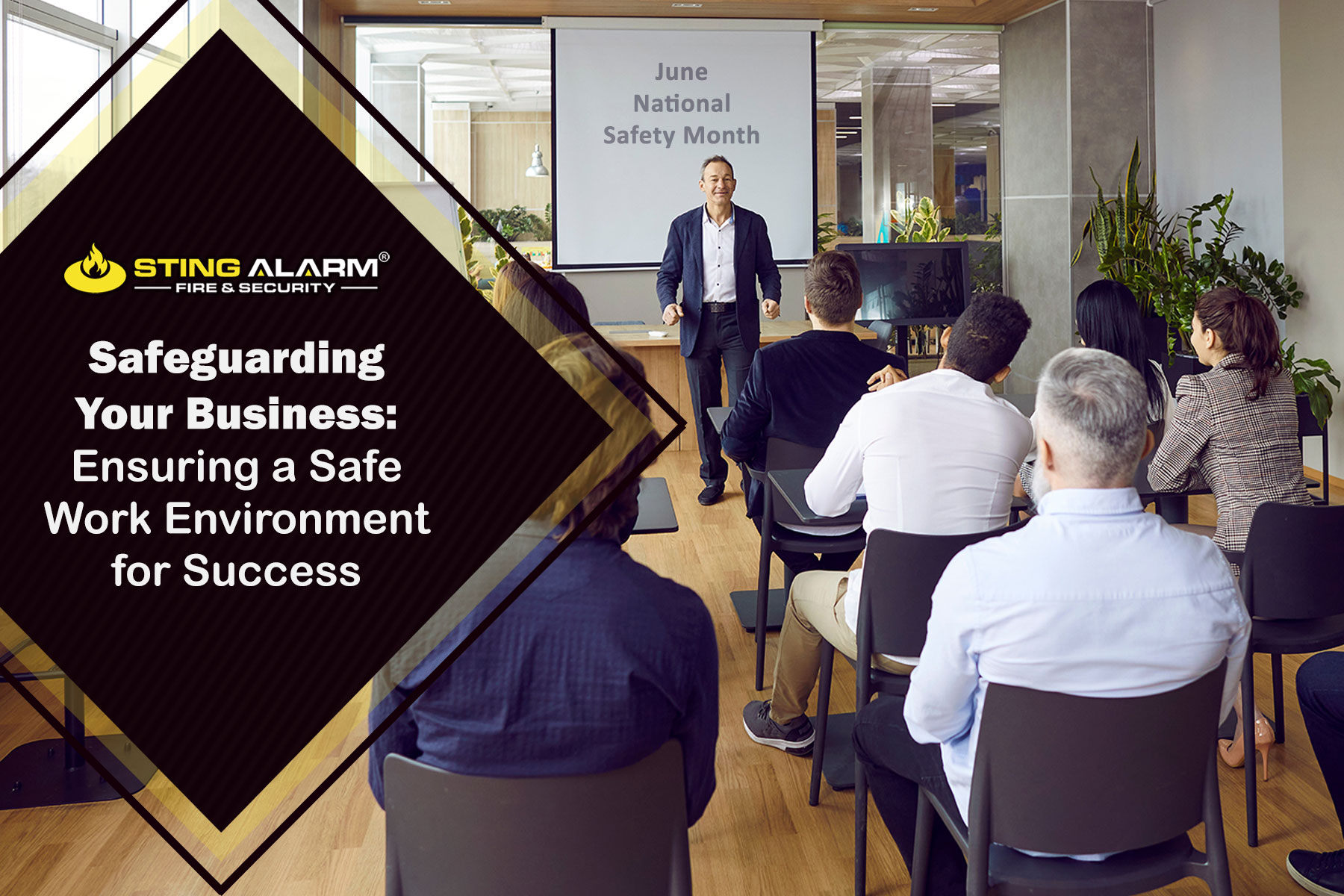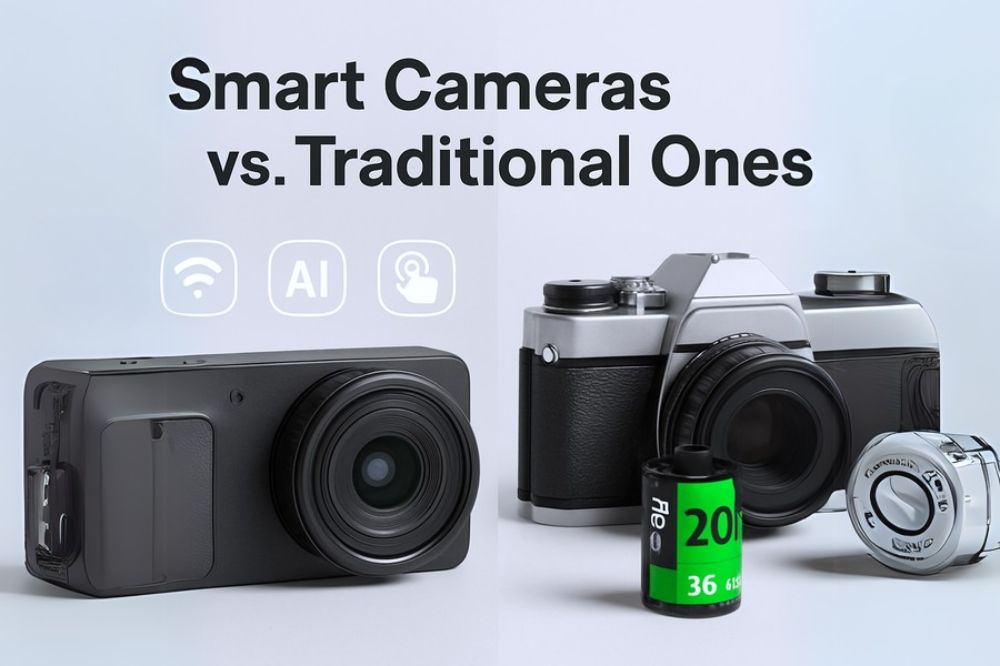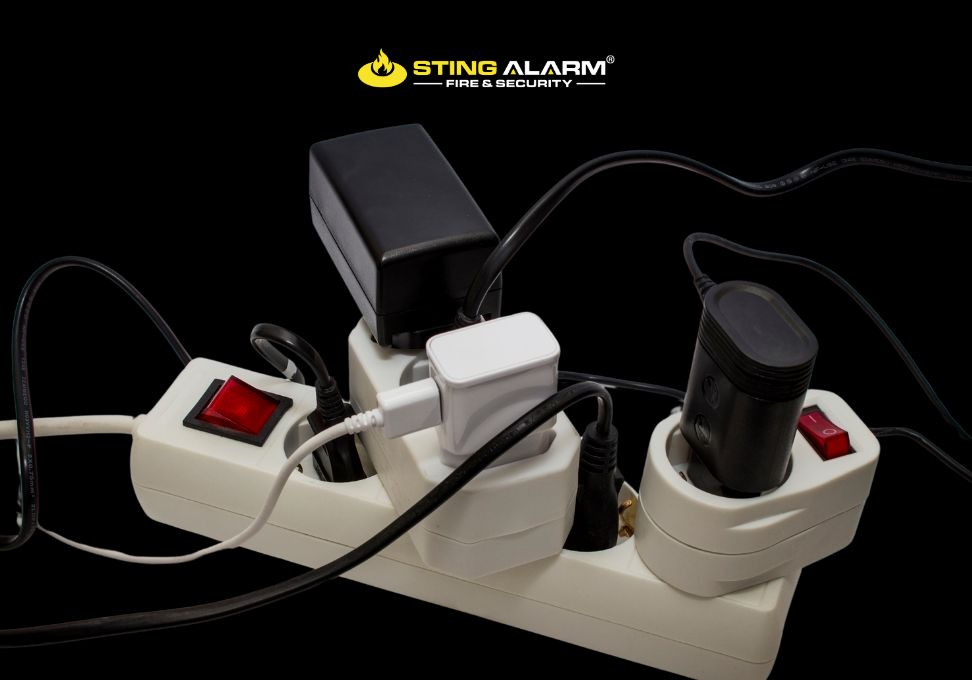
Safeguarding Your Business: Ensuring a Safe Work Environment for Success
As we continue our dedicated efforts to promote and raise awareness during Safety Month, we emphasize the importance of maintaining a safe working environment as a shared responsibility between employers and employees. By adhering to guidelines that encompass essential elements like the proper use of personal protective equipment, ergonomic workplaces, and regular training, businesses can create a safe environment. The following key aspects explore safeguarding a business, employee safety, disaster preparedness, implementing a safety management system and working outdoors. Creating a secure work environment not only protects employees but also enhances productivity and contributes to overall organizational success.
Safeguard a Business
To safeguard a business, the first step is to ensure the implementation of sufficient physical security measures. This includes the installation of business security systems, such as surveillance cameras, alarm systems, and access controls, to prevent unauthorized entries. By securing the premises, offices, and production facilities, businesses experience a significant increase in asset protection and a reduction in the risks associated with theft, vandalism, or other physical threats.
The second step involves securing business data against unauthorized digital access, loss, or theft. This can be achieved by implementing robust password protocols, encryption techniques, and firewalls to safeguard computer systems and networks. Regular data backups and educating employees on cybersecurity best practices are vital for mitigating the risks associated with data breaches and cyber-attacks.
Employee Safety
Creating a safe & clean work environment involves prioritizing the well-being of employees. This includes providing proper personal protective equipment (PPE) and ensuring ergonomically designed workplaces to prevent workplace injuries and health issues. Regular training sessions on safety protocols, emergency response procedures, and fire hazard prevention are also essential. Encouraging swift reporting and addressing of potential hazards empowers employees to take an active role in maintaining a safe workplace.
Disaster Preparedness
No business is immune to unforeseen events, such as natural disasters or accidents. Developing a comprehensive disaster preparedness plan is vital to minimize the impact of such events. This includes creating backup systems, implementing off-site data storage, and establishing business continuity plans. By proactively preparing for potential disruptions, businesses can minimize downtime and ensure the continuity of their operations.
Safety Management System
Implementing a safety management system is an effective approach to ensure workplace well-being. It involves establishing processes and protocols to identify, assess, and mitigate risks within the organization. Regular safety audits, training programs, and a culture of continuous improvement contribute to maintaining a safe work environment. By giving priority to safety through the implementation of a structured management system, businesses can create a positive workplace culture that promotes the physical and mental well-being of their employees.
Outdoor Safety in Las Vegas Heat
Working outdoors in the scorching heat of Las Vegas presents unique challenges that necessitate additional safety measures. Here’s how to ensure the well-being of employees in such conditions:
Heat-Related Guidelines: Establish specific guidelines for employees working outdoors in Las Vegas to address heat-related concerns. Set temperature thresholds that determine when additional precautions should be taken, such as implementing more frequent rest breaks or adjusting work schedules. Monitor weather forecasts and modify work plans accordingly to minimize heat exposure.
Protective Clothing: Encourage employees to wear long sleeves, especially when the temperature exceeds 95 degrees, and to protect themselves from direct sun exposure. This can help reduce the risk of sunburn, sun poisoning and other heat-related illnesses.
Hydration: Emphasize the importance of staying hydrated by drinking plenty of water. A general rule of thumb is to consume one ounce of water per pound of body weight. For instance, a person weighing 150 pounds should aim to drink 150 ounces of water during periods of high temperatures.
By implementing these measures, businesses can prioritize the safety of their employees and mitigate the risks associated with working outdoors in the intense heat of Las Vegas.
Safeguarding a business requires a comprehensive approach that involves various aspects of security and safety. By implementing robust security measures and fostering a culture of safety, you can achieve a secure work environment that promotes productivity, employee morale, and overall organizational success. Remember, maintaining a safe working environment is an ongoing effort that requires the collective commitment of employers and employees to prioritize workplace well-being.


